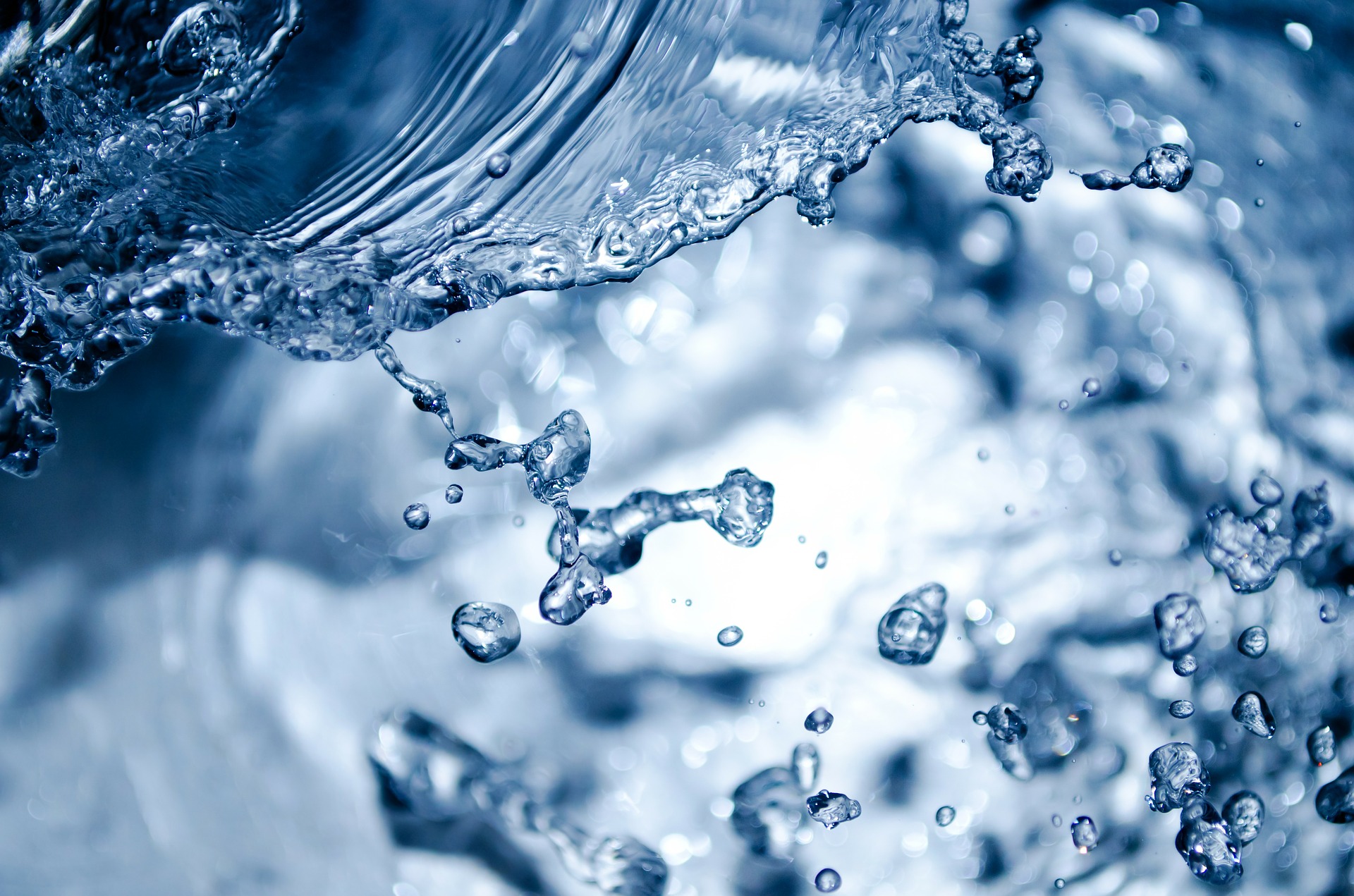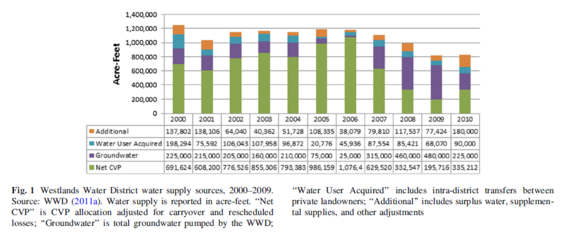by Peter Gleick, President
In a new study just published by the journal Sustainability Science (Springer), analysis from the Pacific Institute shows that many of the fundamental responses of California water users to severe drought actually make the state’s overall water conditions worse — that in the end, many of these actions are “maladaptations.”
Water is a complex resource; and water problems are an equally complex mix of natural resource, technology, social, economic and political conditions. When water is limited, such as in water-short areas or during extreme events such as droughts, society puts in place a variety of responses. The Institute evaluated the major responses to water scarcity during multi-year droughts — in particular the recent 2007-2009 drought — by the energy and agricultural sectors. (A follow-up analysis of the current drought is in preparation.)
There is also evidence of resiliency and adaptation to drought. But many of the actions taken in recent years have actually increased the vulnerability of other systems, especially California’s aquatic ecosystems and disadvantaged social groups that rely on those ecosystems for their health or employment. Equally, or more important, some of the responses provided short-term benefits at the expense of future generations, by drawing down groundwater reserves and by increasing the production of greenhouse gases that worsen the risks of climate changes. In short, the study concludes:
California’s current strategies for dealing with long or severe droughts are less successful than previously thought when short- and long-term impacts are evaluated together. This finding is particularly relevant given projections of more frequent and severe water shortages in the future due to climate change. This study recommends a shift from crisis-driven responses to the development and enactment of long-term mitigation measures that are anticipatory and focus on comprehensive risk reduction.
Among the major findings of the study:
- California’s agricultural and energy sectors sustained high production levels during the 2007-2009 drought largely by relying on a series of coping strategies that increased the vulnerability of other systems.
- During the drought, California’s hydropower was roughly halved. This lost hydropower was largely replaced with the purchase and combustion of additional natural gas.
- Ratepayers spent1.7 billion extra to purchase natural gas over the three-year drought period; the combustion of this extra natural gas led to emissions of an additional 13 million tons of CO2 (about a 10 percent increase in emissions from California powerplants).
- The substitution of hydropower with natural gas also released substantial quantities of harmful pollutants, including nitrous oxides, volatile organic compounds, and particulates.
- Total agricultural revenues remained high during the drought at the expense of increased groundwater pumping that cannot provide water security in the face of a longer or more severe drought (see, for example, the Table below).
- The agricultural sector’s increased reliance on groundwater from overdrafted aquifers also increased energy demands and led to drastic declines in groundwater tables.
- Crop insurance programs under the federal Farm Bill may have reduced the incentive for farmers to adapt by providing subsidized drought insurance for some farms growing water-intensive crops in the Central Valley of California.
(Table from the paper showing the dramatic increase in groundwater use by the Westlands Water District during drought when surface supplies are limited.)
For California to become more resilient to future drought conditions it will be critical to shift from crisis-driven responses to the development and enactment of long-term mitigation measures.
The paper concludes with suggestions for mitigation measures are available within different sectors and notes that mitigation strategies in one sector can have a positive effect on other sectors. For example, improvements in the efficiency of water use in the agricultural sector can minimize reliance on the existing supplies and reduce unnecessary water use. Therefore, water efficiency improvements can help maximize the current supply and reduce the drought’s impact on other sectors, such as the environment, if water savings are left in-stream or explicitly committed to environmental flow needs. Likewise, improving soil-moisture management can improve the efficiency of agricultural water use, with benefits for the economy such as increased farm revenues and decreased payouts in the form of federally subsidized crop insurance.
[Paper reference: Juliet Christian-Smith, Morgan C. Levy, Peter H. Gleick. 2014. “Maladaptation to drought: a case report from California, USA. Sustain Sci, Vol 9, No. 3. DOI 10.1007/s11625-014-0269-1]



